I was always aware that new “inventions” were surfacing, it seems as if something revolutionary is created every single day. However, I was completely astonished by the extent of sustainability related innovations I discovered throughout this course, and I remain unable to fathom how such ideas have become ideas, let alone realities.
Did you know that cement production is responsible for roughly 5% of the world’s carbon emissions? This was not a statistic that I had given much consideration to, however it is not surprising considering the amount of cement utilized in infrastructure development worldwide. Consider the footprint of the Walter Gage Residence on campus, or Buchanan- I had never previously pointed fingers at these buildings for environmental degradation. It goes to show how much we overlook the environmental impact of the spaces we rely on for everyday living and learning.
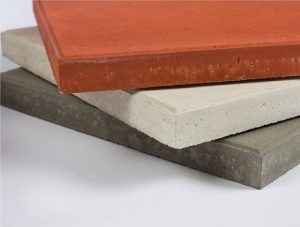
Luckily, Solidia has developed cement and concrete technology that decreases carbon emissions by 70% and water consumption by 60-80%. This is possible because the cement is procured with CO2 rather than water. Due to the immense worldwide market for these materials, this product has the potential to make an incredible impact. Who knew something so grey could become something so great?
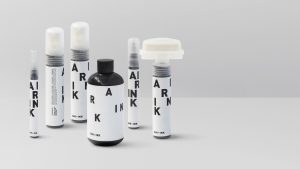
Another incredible product that I was exposed to this semester was Graviky Labs Air-Ink Pens. These are the first pens in the world to use air pollution as ink. More significantly, this is the first product I have heard of that converts air pollution into something of value– art. Their device attaches to exhaust outlets on vehicles in order to collect soot. What has been collected thus far, is the equivalent of cleaning 1.6 trillion litres of outdoor air.
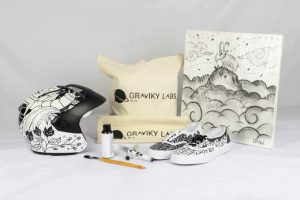
These innovations demonstrate the significance in optimizing the entire production chain. Solidia helps eliminate carbon emissions in the production phase of the cement product lifecycle. Graviky on the other hand, capitalizes on the “disposal” of pollution, by capturing it before it enters the atmosphere and using it as a product input. Innovation is no longer about inventing something new. It has become about inventing something better to improve the existing inefficiencies within systems. Today’s innovation gives me hope for tomorrow’s wellbeing.
 A key player in fashion advertising and induced purchase pressure is the modelling industry. This female dominated industry is granted admiration and is associated with prestige, status and desire. Well-known models get to flaunt luxurious and trendy clothes that are generally considered symbols of status. These individuals become role models and public figures within society and contribute to fundamental norms and ideals.
A key player in fashion advertising and induced purchase pressure is the modelling industry. This female dominated industry is granted admiration and is associated with prestige, status and desire. Well-known models get to flaunt luxurious and trendy clothes that are generally considered symbols of status. These individuals become role models and public figures within society and contribute to fundamental norms and ideals.
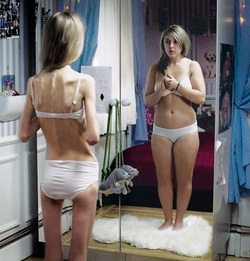
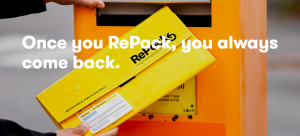
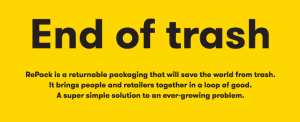
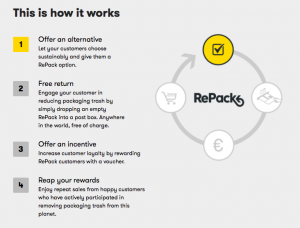
 consumption, I realized that my reusable tupperware are almost entirely plastic.
consumption, I realized that my reusable tupperware are almost entirely plastic.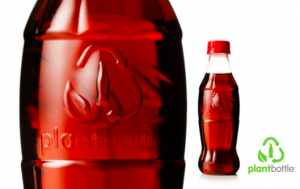

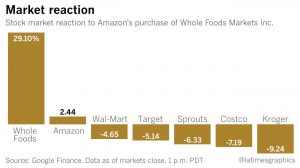
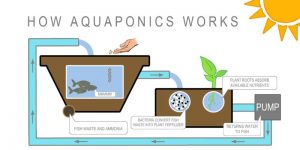 IMAGE: https://www.google.ca/search?q=aquaponics&source=lnms&tbm=isch&sa=X&ved=0ahUKEwj5l6C_-NzWAhVD8GMKHYrRCx0Q_AUICigB&biw=1164&bih=672#imgrc=y3Vpdztu_xxncM:
IMAGE: https://www.google.ca/search?q=aquaponics&source=lnms&tbm=isch&sa=X&ved=0ahUKEwj5l6C_-NzWAhVD8GMKHYrRCx0Q_AUICigB&biw=1164&bih=672#imgrc=y3Vpdztu_xxncM: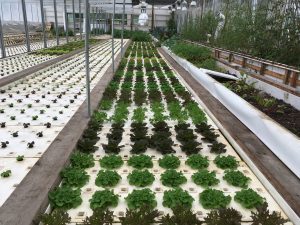
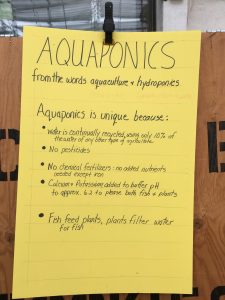 What makes Aquaponics the more sustainable option?
What makes Aquaponics the more sustainable option?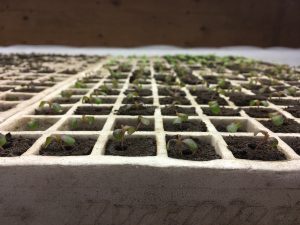
 Overall, a significant number of positive changes have been made at Nike and are continuing to be developed in realtime. The company is focused on the footwear industry, which is logical considering they are deemed one of the most, if not the most, popular footwear brands in the world (1).
Overall, a significant number of positive changes have been made at Nike and are continuing to be developed in realtime. The company is focused on the footwear industry, which is logical considering they are deemed one of the most, if not the most, popular footwear brands in the world (1).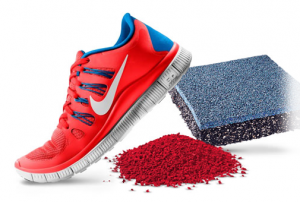
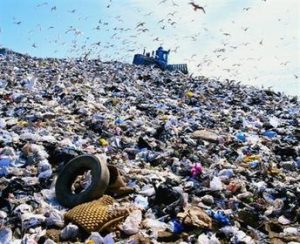 Sources
Sources